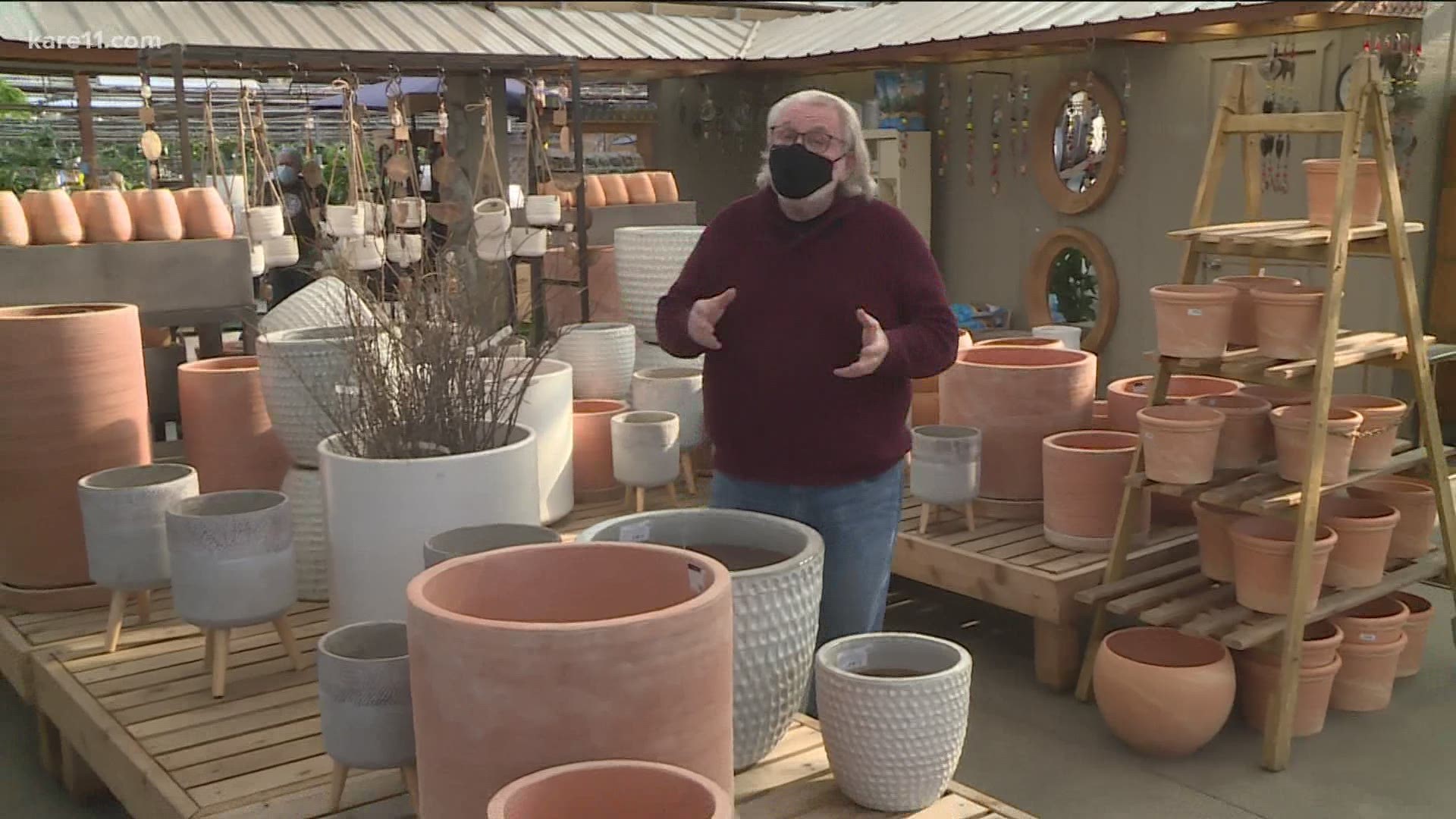We spend a lot of time figuring out what to grow, but if you’re a container gardener, there’s another choice…what to grow in! Pots are made with so many materials, each with their own pros and cons list.
First up, the biodegradable ones. Pressed paper and coconut fiber pots tend to be smaller but can come in large sizes too. They are eco-friendly, relatively cheap and are breathable and permeable, which is good for making healthy roots. But the lifespan of these are short - expect a few years use out of them at the most.
The gorgeous glazed ceramic pots are typically expensive, but best for providing a wide variety of shapes and colors. They are also very heavy. This is great for keeping a plant standing up in the wind, but not great if you’ll be moving it around. The thick material also insulates and protects roots against big swings in temperature. But left in the winter elements, ceramic pots can crack.
Similarly, concrete pots are very heavy, but won’t tip over in the wind. Concrete is also good insulator and will protect roots against temperature changes.
The classic terra cotta pots are not the most durable option, but they come in nearly every shape and size possible. They are also very affordable and tend to take on a great patina as they age. Terra cotta is permeable to air and water, which is great for healthy roots. But the clay will also take water away from your soil, making these great for plants that thrive in dry conditions. For plants that crave more moisture, you’ll have to water often.
Fiberglass and resin pots have the look of ceramic, stone, wicker or terra cotta but are much more lightweight and durable. They can handle any weather conditions without damage. The material is generally not permeable to air and water so make sure these pots have good drainage.
Plastic pots have similar qualities to fiberglass and resin. Avoid dark colors in hot areas to keep your plant from over-heating.
Metal pots can heat up quickly too and damage roots. Metal pots are very durable, especially those that won’t rust, like aluminum.
Wood is also long-lasting but is slow to drain and of course prone to rot.
And last up, the relatively new fabric grow bags. These tend to be very affordable and great for those without a permanent location. They are lightweight, easy to store in the off-season and provide good drainage and air circulation, but aren’t as sturdy as other materials and can lean to one side at times.
That’s a lot to consider, but we still have some time before the growing season starts.

